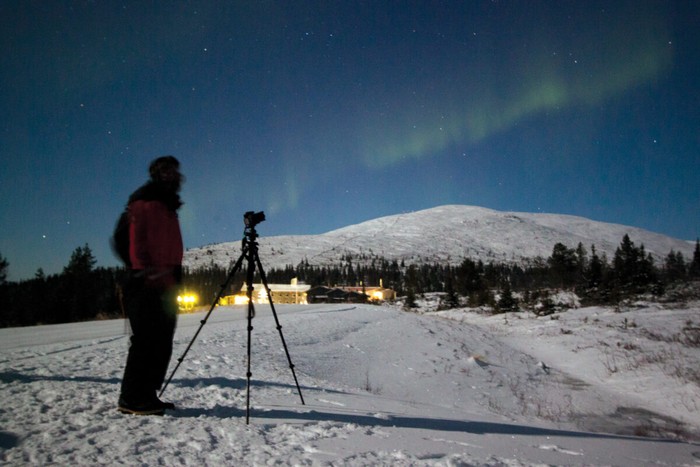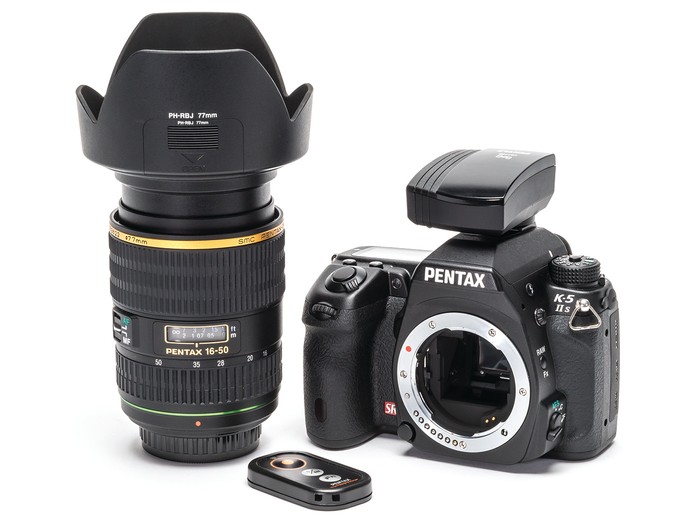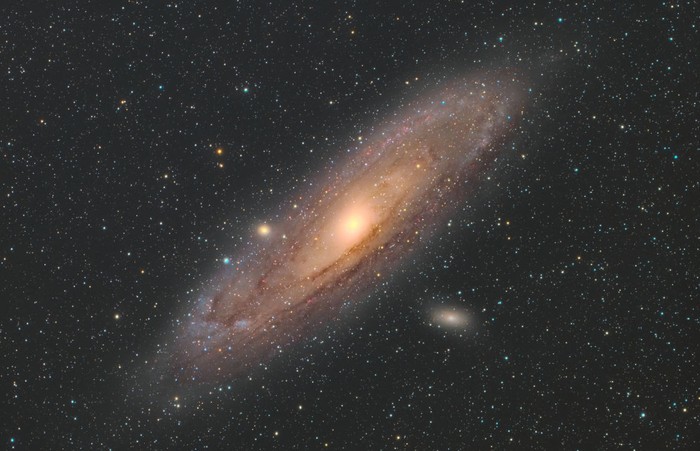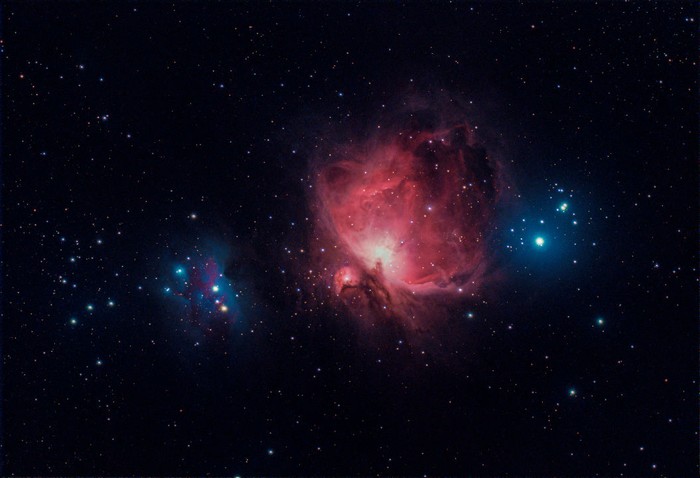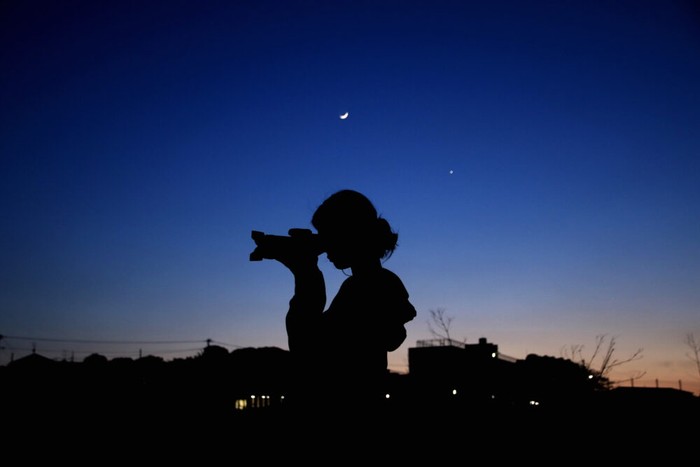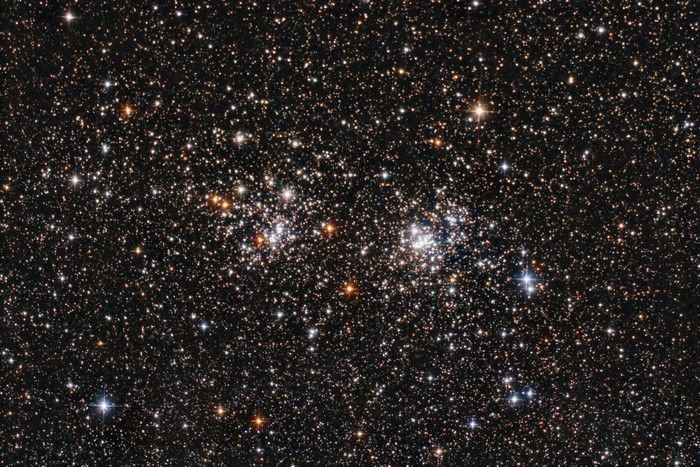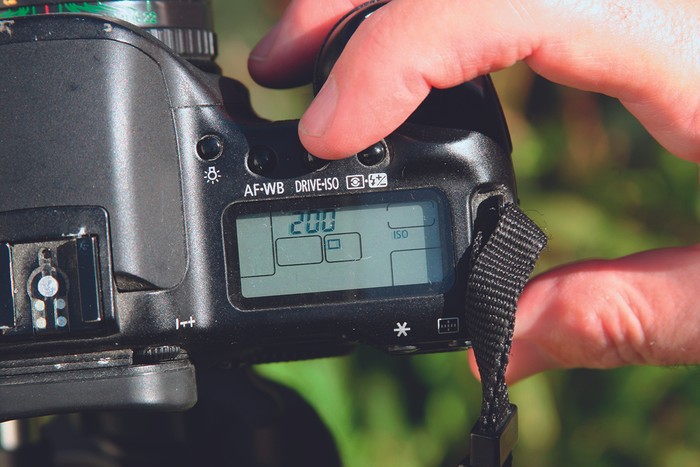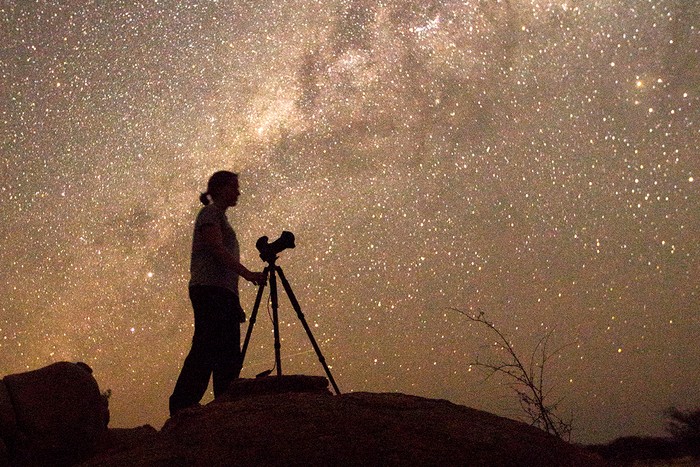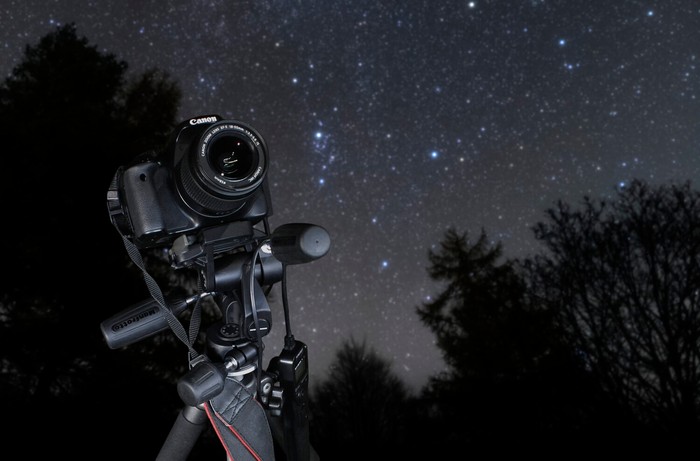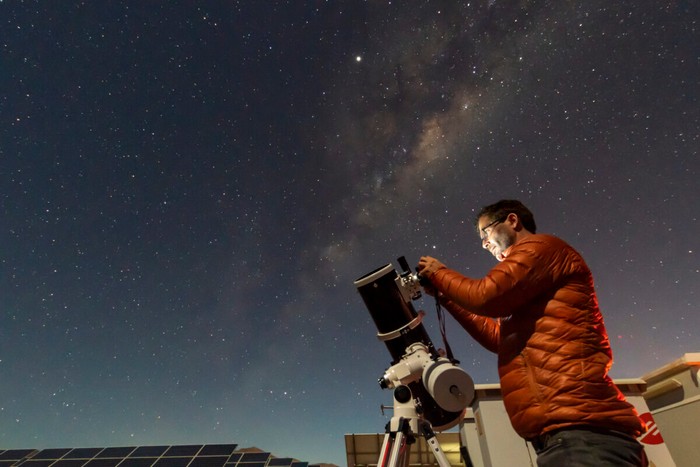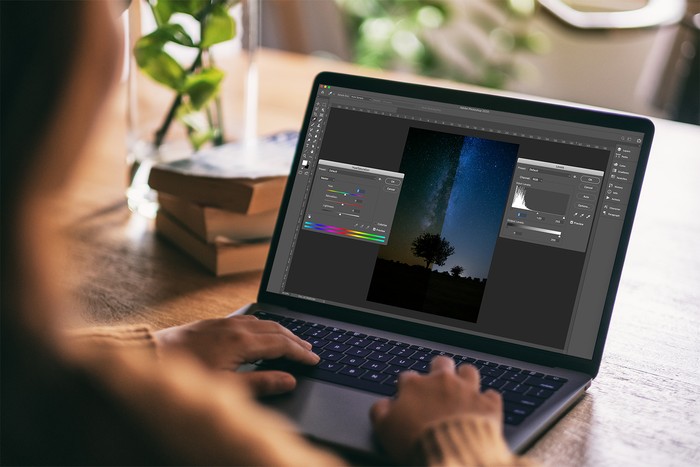Introduction
Photographing the night sky, also known as astrophotography, is a remarkably simple yet captivating activity that allows individuals to capture stunning images of stars, galaxies, nebulae, and other celestial objects. Even novice astrophotographers armed with a DSLR or mirrorless camera on a tripod-mounted tracker can achieve great results. In this article, we will delve into the world of astrophotography, exploring the equipment needed, various types of targets, and essential techniques to help you get started on your astrophotography journey.
Types of Astrophotography Targets
Astrophotography offers a wide range of targets to capture. Whether you are interested in photographing nightscapes, the Solar System, or deep-sky objects, there are plenty of options to explore. Nightscapes are images that resemble the views of constellations and the Milky Way visible to the naked eye. If you are captivated by our cosmic neighborhood, you can photograph the Moon, Sun, and planets. For those seeking to delve deeper into the cosmos, capturing images of deep-sky objects such as globular clusters and nebulae presents an exciting opportunity.
Beginner’s Guide
To embark on your astrophotography journey, it is essential to understand the fundamental principles and equip yourself with the necessary gear. In this section, we will provide a comprehensive beginner’s guide to help you get started. From selecting the right equipment to understanding various camera functions and setting up your imaging setup, we will cover all the essential aspects you need to know.
Additional Astrophotography Guides and Resources
In addition to this article, there are numerous astrophotography guides available to further assist you in capturing stunning photographs of the night sky. These guides cover various topics such as capturing stars, constellations, planets, the Moon, and image processing techniques. By exploring these resources, you can enhance your skills and expand your astrophotography repertoire.
Selecting Your Camera for Astrophotography
Choosing the right camera is crucial for successful astrophotography. Many beginners opt for DSLR cameras due to their versatility and affordability. In this section, we will explore the factors to consider when selecting a camera for astrophotography. We will delve into the different types of cameras available, their capabilities, and recommended models. Whether you have a smartphone camera, compact camera, prosumer camera, or DSLR/mirrorless interchangeable lens camera, we will discuss the possibilities and limitations each option offers.
Camera Lens
The camera lens plays a vital role in astrophotography, determining the magnification and overall quality of your images. In this section, we will discuss the significance of lens selection and its impact on astrophotography outcomes. We will explore the benefits of using wide-angle lenses and the effects of different focal lengths on exposure times and star trails. Additionally, we will provide guidance on choosing the appropriate lens for your desired astrophotography targets.
Using a Star Tracker Mount
In long-exposure astrophotography, the Earth’s rotation poses a challenge as it can cause stars to appear as blurred trails in photographs. A star tracker mount is a valuable tool that allows your camera to move in sync with the stars, mitigating this issue. In this section, we will delve into the importance of using a star tracker mount and the benefits it offers for astrophotography. We will provide recommendations for mounts suitable for beginners and discuss the process of aligning and utilizing a star tracker effectively.
Targets for Astrophotography Beginners
When starting your astrophotography journey, it’s helpful to identify beginner-friendly targets to capture. In this section, we will showcase three popular targets suitable for beginners: the Perseus Double Cluster, the Orion Nebula, and the Andromeda Galaxy. We will provide insights into these objects, including their characteristics and how to approach photographing them. Additionally, we will offer tips and tutorials on capturing these targets effectively.
Astrophotography Tips
To enhance your astrophotography skills and capture stunning images, it is crucial to familiarize yourself with various techniques and best practices. In this section, we will provide ten simple yet valuable tips for beginners. These tips include shooting in manual mode, selecting optimal shooting locations, adjusting camera settings for ideal exposure and sensitivity, utilizing remote shutter release for stability, and applying composition techniques such as the rule of thirds.
Conditions & Location
Achieving exceptional astrophotography results heavily relies on favorable conditions and the choice of shooting location. In this section, we will elaborate on the importance of good seeing, transparency, and minimal light pollution. We will delve into the factors that contribute to optimal shooting conditions and provide advice on finding dark skies away from light pollution. Additionally, we will stress the significance of seeking advice from experienced astrophotographers and joining local astronomy clubs for guidance and access to prime shooting locations.
Preparation
Before venturing into astrophotography, adequate preparation is vital to ensure optimal results. This section will guide you through essential preparation steps, including focusing your camera and aligning the tracker. We will provide detailed instructions on finding the infinity focus point, performing a polar alignment, and using polar scopes and spirit levels effectively. Additionally, we will offer tips for leveling your tripod and orienting the polar scope towards Polaris, the North Star, based on your latitude and time of night.
Check Your Camera Settings
Configuring your camera settings correctly is crucial for capturing high-quality astrophotos. In this section, we will provide detailed guidance on the three primary camera settings: aperture, ISO, and shutter speed. We will explain the function and impact of these settings in astrophotography, recommending wide apertures for ideal light capture, appropriate ISO levels for sensitivity, and adequate shutter speeds to avoid star trails. Furthermore, we will emphasize the importance of using a remote shutter release cable to minimize camera shake.
Take the Shot
With your camera and settings properly configured, it is time to capture your astrophotographs. In this section, we will provide insights and strategies for capturing exceptional shots. We will advise experimenting with various settings, including different levels of white balance, to determine optimal configurations for different lenses and targets. Additionally, we will encourage shooting in RAW format for greater flexibility in post-processing and exploring image stacking techniques to enhance contrast and detail.
What to Do Next
Astrophotography offers endless possibilities and avenues for exploration. In this section, we will discuss potential next steps and options to further develop your astrophotography skills. We will explore specialized areas within astrophotography, such as focusing on particular objects like galaxies or exclusively pursuing wide-angle nightscapes. Furthermore, we will introduce the world of time-lapse astrophotography and the thrill of image processing, which can transform your captured images into stunning masterpieces.
The article is compiled and compiled by tipcamera.com


